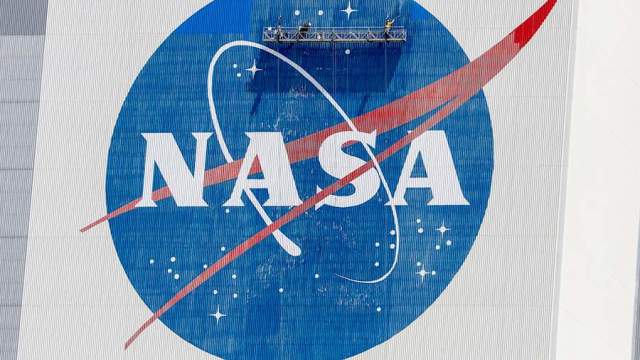The head of the US space agency, Bill Nelson, said that two new directorates will appear instead of one structural unit
WASHINGTON, September 21. /TASS/. The US National Aeronautics and Space Administration (NASA) is reorganizing its manned flight program, creating two new directorates instead of one structural unit, one of which will focus on research beyond Earth's orbit, including a flight to Mars.
"We are reorganizing the agency's manned programs into two separate directorates, and this decision takes effect right now," Bill Nelson, the head of the US space Agency, announced on Tuesday, speaking to NASA employees.
"Today we have more than an organizational change. We are laying the foundation for the next 20 years. We are talking about determining the future of NASA in the growing space economy, maintaining leadership in space, this is the main priority for our management, " he added.
The current head of the Directorate of Manned Flights, Kathy Leaders, will head a new structural unit, which will be called the "Directorate of Space Operations". Its activities will focus on the International Space Station( ISS), commercialization of activities in low-Earth orbit, international cooperation, as well as support for operations on the Moon and in near-lunar space.
Jim Free will become the head of the second division being created, which will be called the "Directorate for the Development of Research Systems". He will also be engaged in the new American lunar program Artemis, but special attention will be paid to developments related to the further flight to Mars, for which the Moon should become a reference platform. "The Research Systems Development Directorate will focus on what will happen next," Nelson explained.
About the Artemis program
NASA announced in the spring of 2019 that the program of landing astronauts on the Moon, called Artemis, includes three stages. The first is the launch of the Orion spacecraft into space at the end of 2021 with the help of a new Space Launch System launch vehicle, which will make several orbits around the Moon in an unpiloted mode and return to Earth. The second is a flyby of the Earth's natural satellite with a crew on board, which is planned for 2023. In the third stage, NASA expects to deliver astronauts to the Moon in 2024, and then send them to Mars in the mid-2030s.
In August, NASA Inspector General Paul Martin said that the landing of astronauts on the Moon in 2024 is not possible due, in particular, to delays in the development of spacesuits.

